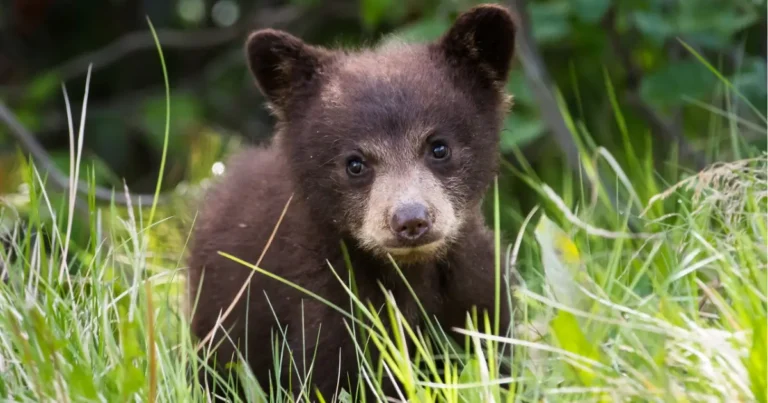
As the behaviour of the wild inhabitants of the park adapts to the new season, keeping them safe will require a similar change of behaviour on the part of visitors.
According to CTV News, park officials have identified one road in particular, which seems to be a focal point for deer and bears searching for food sources. The increased risk of vehicular collision with the animals, as well as the possibility of interrupting their natural life cycles through feeding, has prompted recommendations from the park staff.
CTV News provided this list from park services in hopes visitors will take heed:
- No stopping zones are just that – you should not stop to view wildlife at all while in these zones
- Strongly consider not stopping along the side of the road to view wildlife to respect the space they need
- Wildlife viewing is an enjoyable experience for park visitors nonetheless, but it should be limited to designated viewpoints. Drivers should always watch for other traffic when stopping in these zones and ensure their vehicle is all the way inside the shoulder lane.
- Do not get out of your vehicle
- Never feed wildlife
- Don’t stay any longer than a minute
- Photographs should be taken without disturbing the wildlife through yelling or throwing objects
- Visitors should also obey the instructions of park’s staff in the area and move along immediately if told to
Lessons like these are publicized in almost every wildlife-dense jurisdiction this time of year for the simple fact that many people don’t listen – and as a result, tragedy can ensue. Please, take these suggestions to heart and make sure your friends and family are aware of how to stay safe when viewing wildlife.
Work like our growing Living With Wildlife campaign is only possible with the support of monthly donors. Please consider become a monthly donor – for as little as $5 a month – and help us create a Canada that is truly fur-free.

